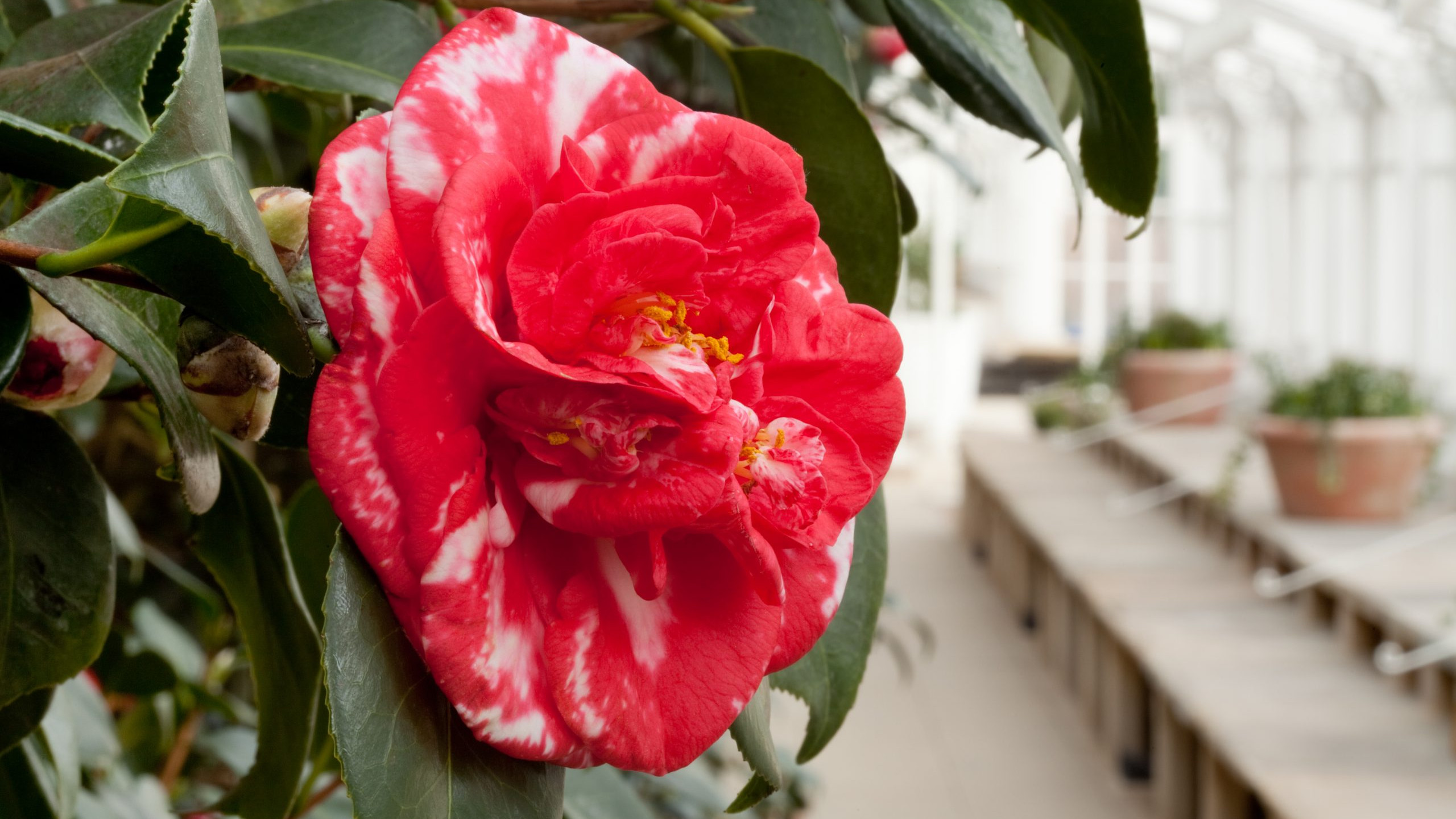Design and Nature
Chiswick House, built between 1726 and 1729 is one of the earliest and most important neo-Palladian villas in England.
The third Earl of Burlington (1694–1753), the ‘architect earl’, designed the elegant classical villa seen today, drawing inspiration from his Grand Tours of Italy and with advice from his collaborator, the painter, architect and garden designer William Kent. The villa reflected the influence of the Italian architect Andrea Palladio and his English follower Inigo Jones, and its ‘neo-Palladian’ style soon spread across Europe and America.

Lord Burlington’s early formal designs for the gardens were softened, in collaboration with William Kent, resulting in this natural-looking landscape – the blueprint for the English Landscape Movement. Freed from clipped hedges, the gently sloping lawns run down to the serpentine lake with its rustic waterfall, forming a complete and complementary work of art with Chiswick House at the centre.
By the late 18th century, Chiswick had passed to the 5th Duke of Devonshire who initiated a series of major changes to both the House and the Garden. These included building the stone Classic Bridge over the lake, demolishing the earlier Jacobean house and adding new wings to the villa, turning it into a substantial mansion.
The ‘Bachelor’ 6th Duke purchased Moreton Hall, built by Sir Stephen Fox in the late 17th century, incorporating its walled gardens into the grounds of Chiswick House. He commissioned Samuel Ware to design a large conservatory completed in 1813. At 300ft long, it was one of the earliest large glass houses to be built and is a forerunner of Decimus Burton’s glass house at Kew and Joseph Paxton’s Crystal Palace. The Duke filled the Conservatory with exotic fruits – grapes, peaches, figs and pineapples. However, in 1828, he switched his attention from fruit to camellias, a new exciting and exotic import from China. He also commissioned a young designer, Lewis Kennedy, to lay out a semi-circular ‘Italian’ garden in front of the Conservatory. Completed in 1814, it is an early example of the reintroduction of formal gardens to England.

Today’s Conservatory was substantially replaced in the 1930s by the Messenger Brothers and more recently as part of the 2010 restoration project. The wings of the Conservatory are currently closed for conservation repairs, but you can walk through it to access the Kitchen Garden.
Through the back of the Conservatory are a wonderful set of wrought iron gates – which date back to Sir Stephen Fox’s late 17th-century garden – the oldest structure here. Beyond the gates is our 2-acre Kitchen Garden.
To learn more about the history of Chiswick House and Gardens, read this 4-part series of articles, by historian and former trustee David Jacques.

Biodiversity
Learn all about how we are working to put in place measures to maintain and enhance biodiversity.

Camellia Collection
Chiswick’s Camellia collection is one of the oldest collections under glass in Europe.

Cedars of Lebanon
Our Cedar of Lebanon trees have looked over Chiswick for generations.

Plan Your Visit
Our Gardens are open to visitors every day. Find out more about tickets and opening times.

Support Us
There are lots of ways you can help support us and preserve this beautiful house and grounds for our community.